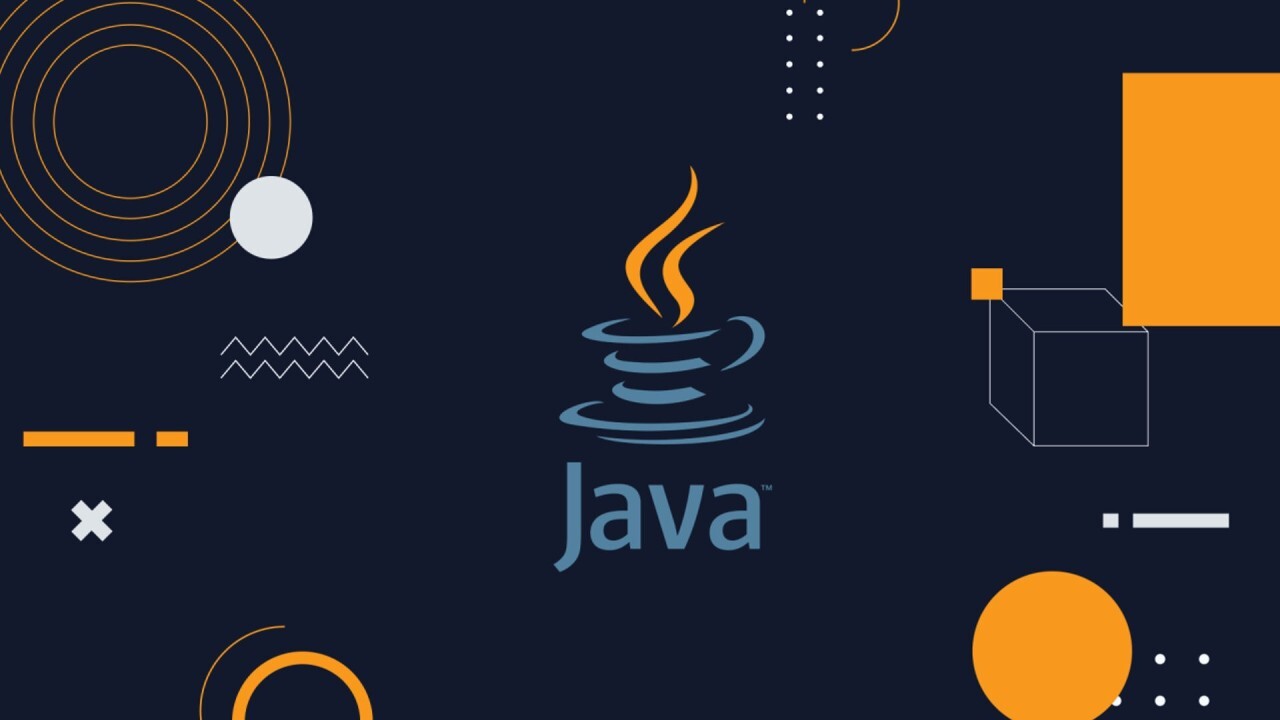Why Does Java Remain the Undisputed Champion for top Enterprise Applications?

Strong 8k brings an ultra-HD IPTV experience to your living room and your pocket.
For over two decades, Java has dominated the enterprise software landscape, powering everything from banking systems to global e-commerce solutions.
Despite the rise of newer languages, it continues to be the backbone of mission-critical applications. In 2023, it ranked #3 in the TIOBE Index and fueled 90% of Fortune 500 companies’ backend systems.
This enduring relevance stems from deliberate design choices and ecosystem strengths that address enterprise-specific demands. Below, we dissect the core pillars sustaining Java’s supremacy.
Must Read: Meet Dia: A new AI-powered browser that is all set to take on Google Chrome
1. Platform Independence: The JVM’s Universal Power
Java’s "write once, run anywhere" philosophy revolutionized cross-platform compatibility. At its heart lies the Java Virtual Machine (JVM), an abstraction layer that executes bytecode on any operating system—Windows, Linux, or macOS—without recompilation. This eliminates infrastructure lock-in and simplifies deployment in heterogeneous environments, a common enterprise challenge.
Consider legacy systems: banks often rely on decades-old mainframes alongside modern cloud servers. Java bridges this gap seamlessly. A Java application compiled on a developer’s Mac runs unmodified on an IBM mainframe or AWS cloud instance. This portability slashes development time and operational friction.
Moreover, the JVM optimizes performance dynamically via Just-In-Time (JIT) compilation. It profiles application behavior at runtime, translating bytecode into native machine instructions for critical code paths. This balances startup efficiency with long-term execution speed, outpacing purely interpreted languages.
For software development companies, this translates to reduced time-to-market and cost-effective scalability. Teams can deploy solutions across diverse client environments without rewriting code—a decisive advantage in multi-cloud or hybrid infrastructure scenarios.
Must Read: Why Do Businesses Need MVP in AI Development?
2. Enterprise-Grade Security and Stability
Enterprises prioritize risk mitigation. Java’s architecture embeds security deeply, starting with compile-time checks that nullify memory corruption vulnerabilities common in C/C++. Its runtime environment enforces strict access controls via the Security Manager and bytecode verifier, preventing unauthorized operations.
The language’s maturity—25+ years of public releases—means edge cases have been rigorously stress-tested. Java’s backward compatibility ensures updates rarely break existing systems. For instance, applications built on Java 8 (2014) often run unmodified on Java 21 (2023). This contrasts with frameworks that deprecate APIs aggressively, forcing costly rewrites.
Oracle’s stewardship further fortifies trust. Long-Term Support (LTS) releases receive updates for 8+ years, critical for industries like healthcare or finance. Automated vulnerability scanning via tools like OWASP Dependency-Check integrates seamlessly into CI/CD pipelines.
Enterprise-grade security isn’t optional—it’s contractual. Java’s compliance with standards like FIPS or Common Criteria makes it ideal for regulated sectors. A software development company leveraging Java reassures clients that audits and compliance are inherently streamlined.
3. Robust Ecosystem: Frameworks, Tools, and Talent
Java’s triumph is as much about its ecosystem as its syntax. Frameworks like Spring Boot automate boilerplate code, enabling developers to focus on business logic. Dependency injection, embedded servers, and auto-configuration accelerate development while enforcing best practices. Spring’s modular design—covering security (Spring Security), data (Spring Data), and cloud (Spring Cloud)—creates cohesive, maintainable architectures.
Tooling is equally formidable. Integrated Development Environments (IDEs) like IntelliJ IDEA offer refactoring, debugging, and profiling capabilities unmatched in many languages. Build tools (Maven, Gradle) standardize dependency management, while Jenkins and Kubernetes streamline deployment.
Must Read: The Role of Mobile Apps in Climate Tech Green Solutions at Your Fingertips
Crucially, Java’s talent pool is vast. Over 9 million developers globally use Java, making recruitment and knowledge transfer efficient. Community-driven innovation—from Jakarta EE’s microservices enhancements to Quarkus’s native compilation—keeps the ecosystem evolving. Open-source libraries for AI (Deeplearning4j) or APIs (Apache Commons) prevent reinventing the wheel.
For a software development company, this robust ecosystem means faster prototyping, easier maintenance, and lower training overhead. Clients benefit from solutions built on battle-tested, vendor-neutral foundations.
The Unseen Backbone: Performance and Scalability
While not a standalone pillar, Java’s performance nuances deserve mention. Modern JVMs like OpenJDK leverage Garbage Collection (GC) optimizations—ZGC and Shenandoah—that reduce pause times to milliseconds, even with 100GB+ heaps. This enables high-throughput trading systems and real-time analytics.
Scalability is inherent in Java’s thread model. Virtual threads (Project Loom) in Java 21 support millions of concurrent connections with minimal resource overhead, outperforming traditional thread-per-request models. Combined with microservices frameworks like Micronaut, Java handles elastic cloud workloads efficiently.
Must Read: AI Agents: From Automation to Intelligent Healthcare Solutions
Conclusion: Future-Proofing Enterprise Investment
Java’s dominance isn’t accidental—it’s engineered. Platform independence erases deployment barriers, enterprise-grade security de-risks compliance, and a robust ecosystem accelerates development. Innovations like GraalVM (ahead-of-time compilation) and Project Valhalla (value objects) promise continued evolution.
For enterprise software development solutions, switching languages mid-lifecycle is prohibitively expensive. Java’s backward compatibility protects decades-long investments. For software development companies, it offers a strategic differentiator: the ability to deliver secure, scalable solutions faster, with access to unparalleled talent and tools. As long as enterprises value stability alongside innovation, Java will remain indispensable.
Note: IndiBlogHub features both user-submitted and editorial content. We do not verify third-party contributions. Read our Disclaimer and Privacy Policyfor details.




